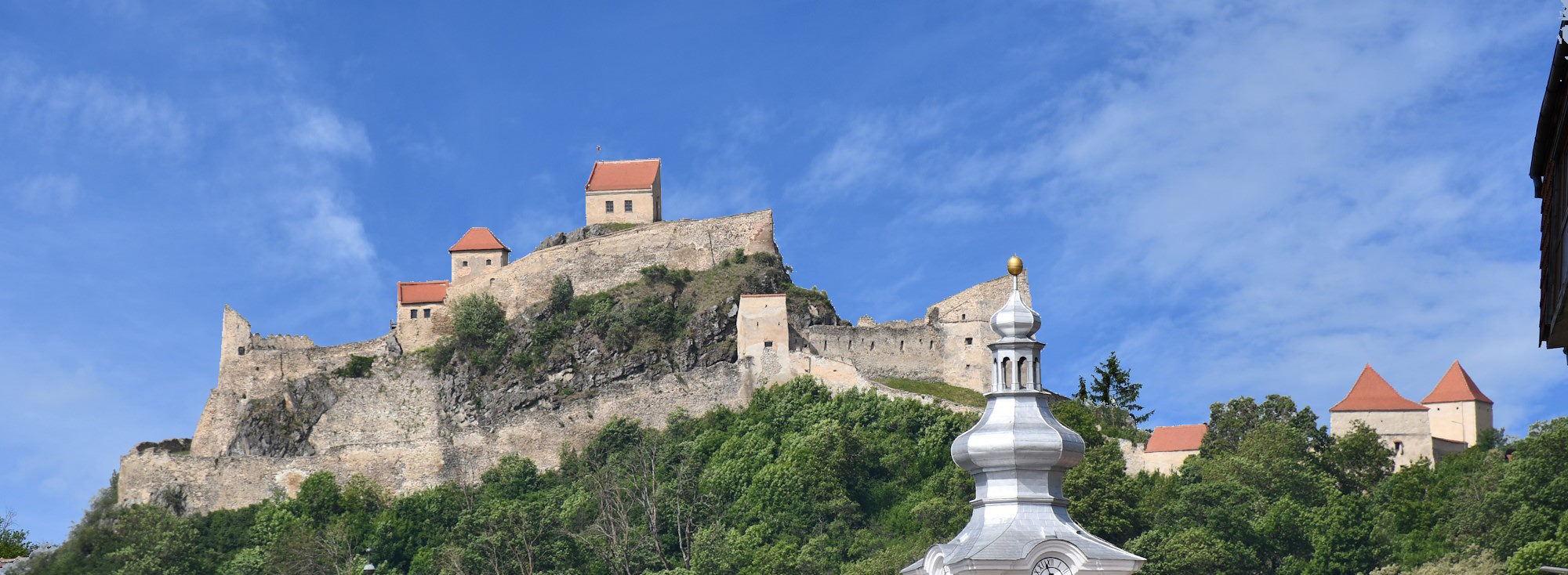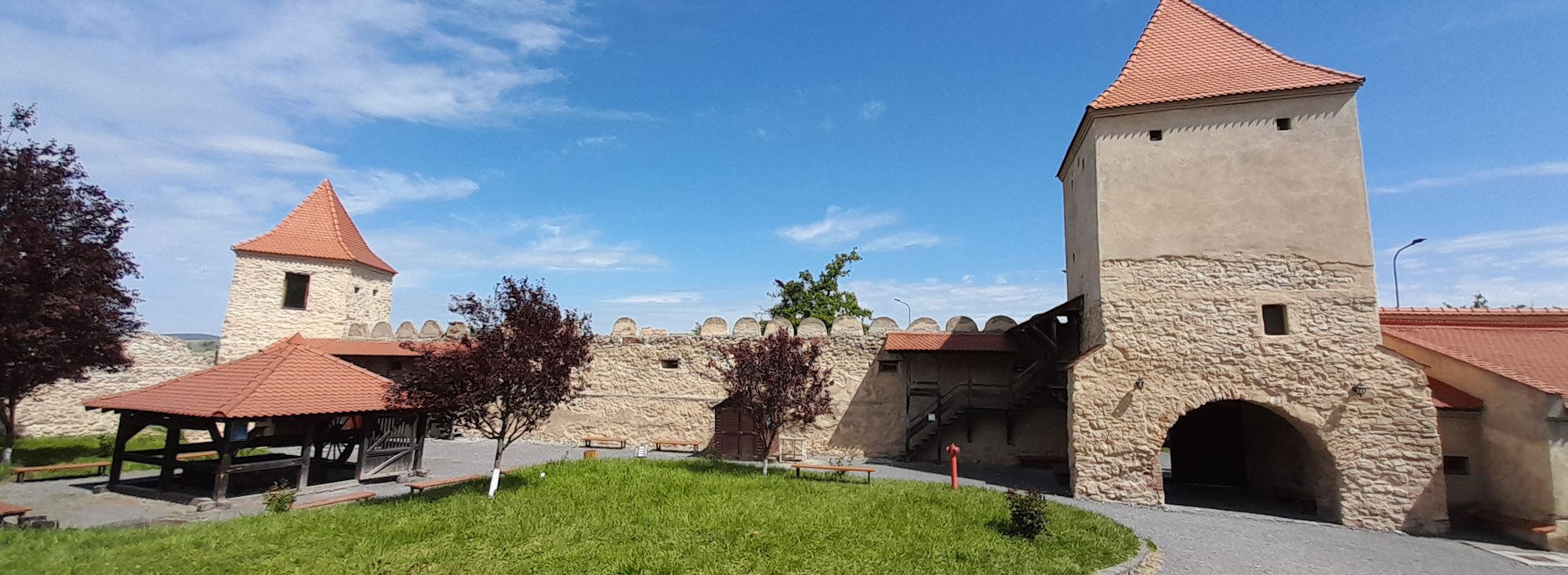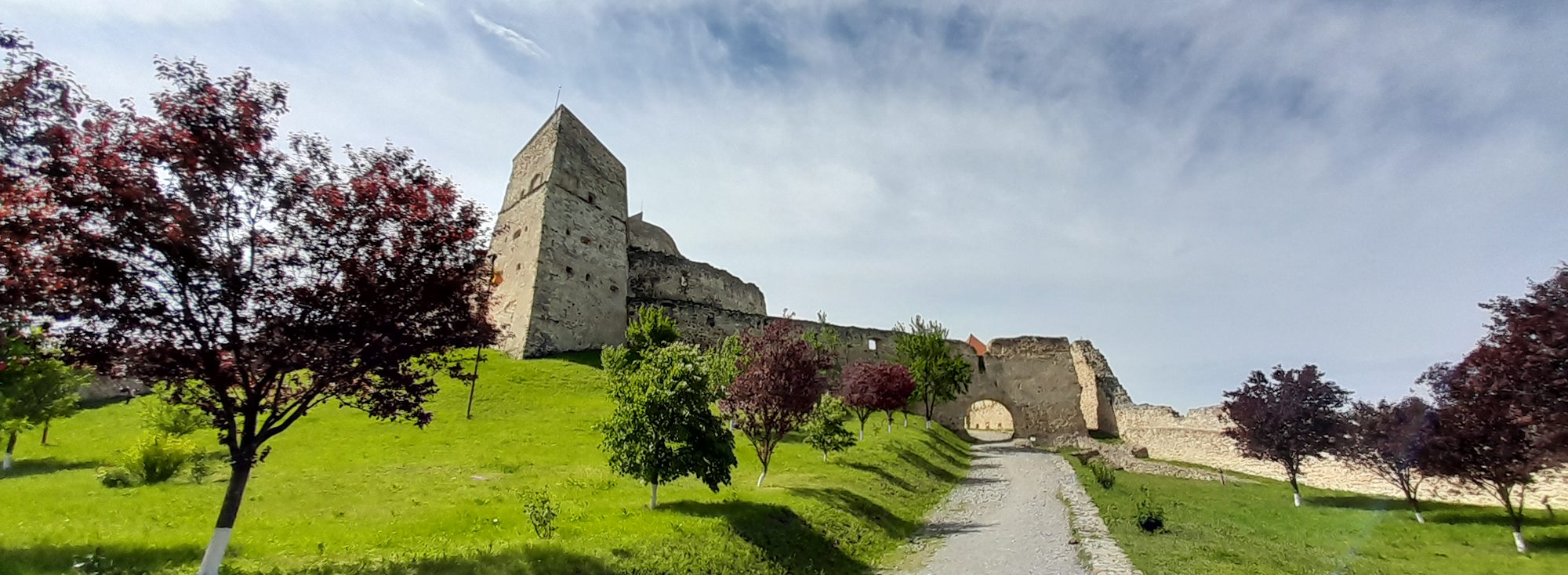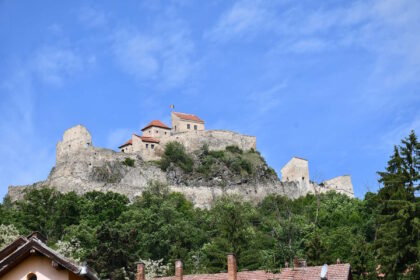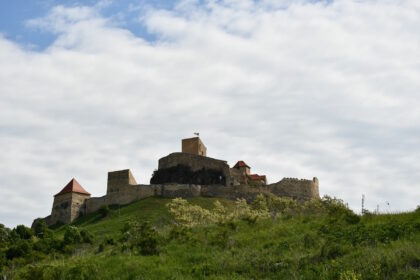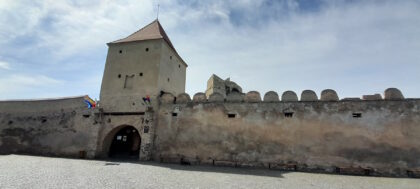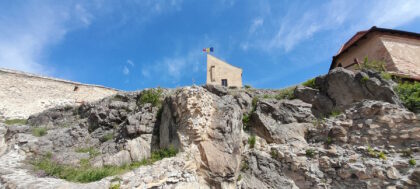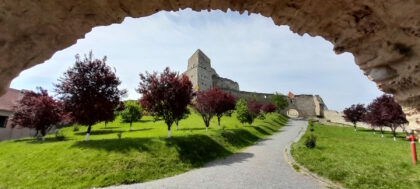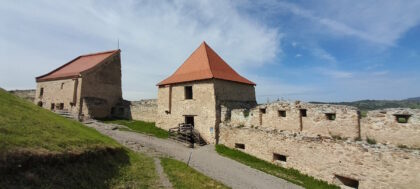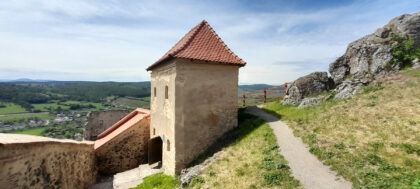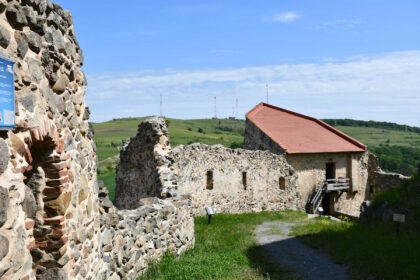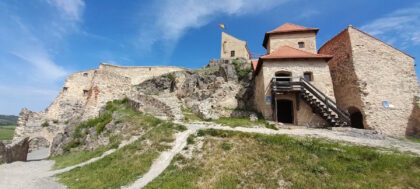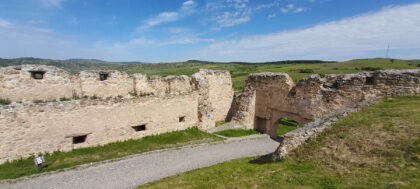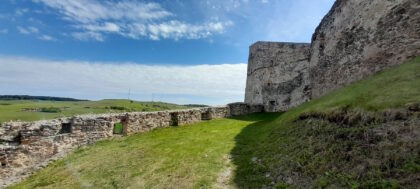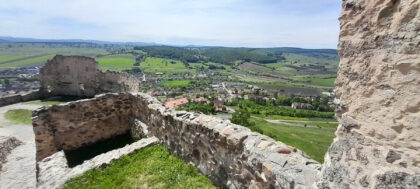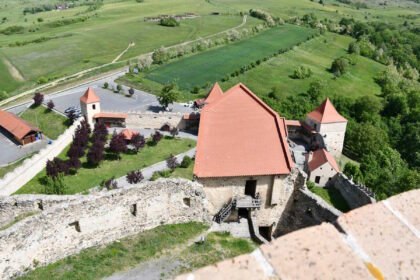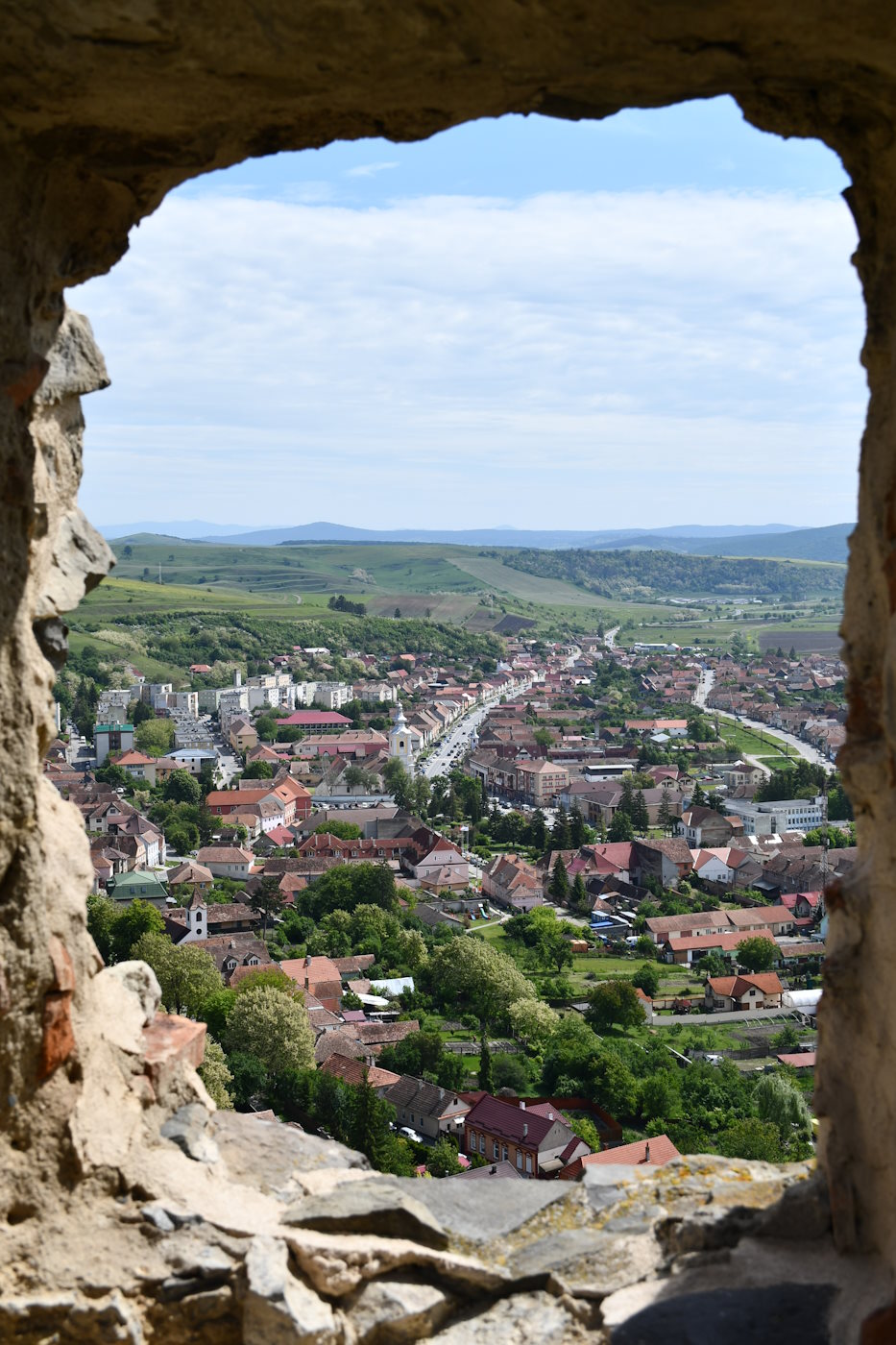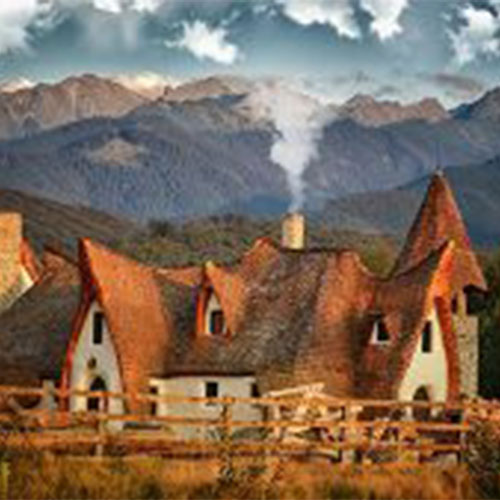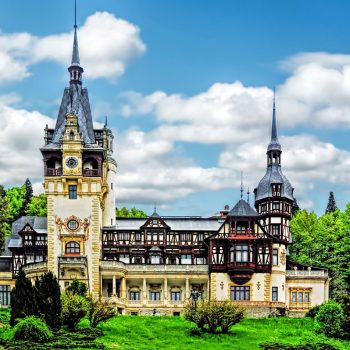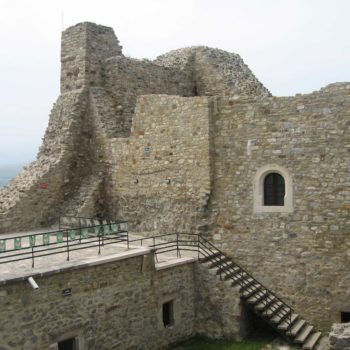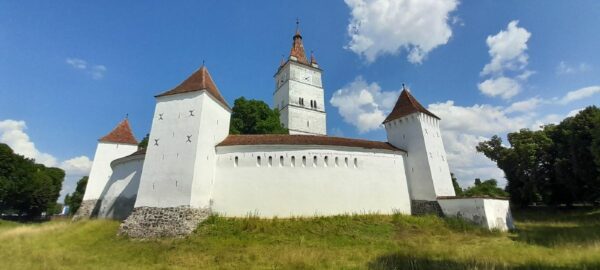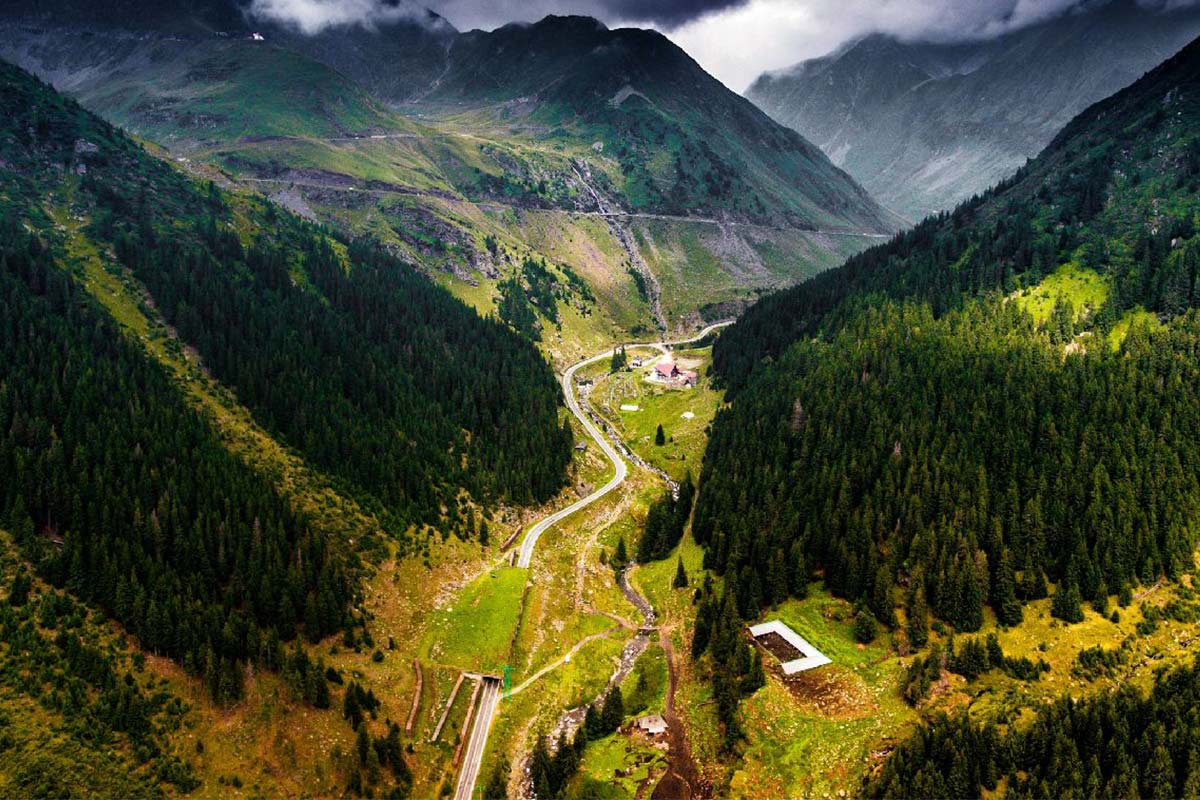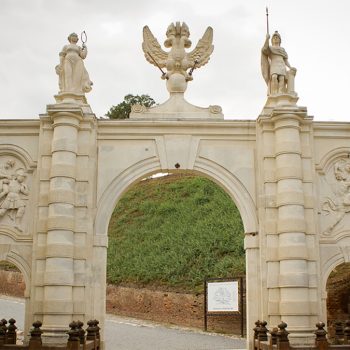Brief description: The Rupea Fortress is located 50 km from the city of Brașov and represents one of the oldest archaeological remains on the territory of Romania…
Informations | History Architecture Present
Although it is not so well known, the Rupea fortress is one of the most beautiful buildings in Romania, being surrounded by a charming architecture and a dreamlike view. Here you can spend a fairytale day in wonderful surroundings, experiencing indescribable emotions. Everything seems like a story that attracts you to discover its mystery with every step you take towards the fairy tale spread out on a green and beautiful surface. Words would not be enough to describe the beauty and splendor of this city, so all you have to do is plan a trip to this great world without fail.
Rupea Fortress is a peasant fortress with four fortified zones with polygonal towers. This was modified over time by the addition of two inner courtyards and three defense towers. The fortress is built on three enclosures, namely: the upper citadel, which is also the oldest construction, it includes the 50 m deep well, and the most recent extensions, including the Slaninii Tower, specific to the Saxon communities. The upper citadel has an area of over 1500 m and the defense system is based on its walls.
The first documentary attestation of the Rupea fortress dates back to 1324. When the Saxons revolted against the king of Hungary, Carol Robert, took refuge inside the Castrum Kuholom fortress. This name refers to the basalt massif on which the fortress was built. In some documents from the 15th century, the fortress is mentioned as an important commercial and craft center with 12 guilds. It served over time as a fortification, but also as a refuge for the population that lived in the surrounding hills and valley, its settlement being a strategic one, namely at the intersection of the roads that connected Transylvania, Moldova and Wallachia through the south- you are what. The Rupea Fortress, built on the Cohalm Hill, was built in the 14th century and expanded in the 17th century, as a fortress and refuge for the surrounding villages. Through archaeological research, various objects from this era were brought to light, evidence of settlements in the region, such as stone tools, ceramic fragments or funeral urns. During the time of the Dacians, the Rumidava citadel was built on these places, whose name was changed to the Rupes Roman fort, after the conquest by the Romans. This name has remained until today, at the same time giving the name of the locality around this fortress, Rupea. The Roman fort Rupes was part of the belt of Roman fortifications for the defense of the commercial area and the routes connecting Valea Târnavelor, Valea Oltului, Râșnov and Hoghiz. Later, the pre-feudal settlement was formed on the Dacian remains, by building the upper fortress, between the 10th – 13th centuries, and the medieval one, then, by building the middle and lower fortress, starting from the 14th century.
Between the years 1432 – 1437, the fortress was attacked and looted by the Turks, and later in 1643, it was abandoned following a devastating fire that turned it into ruins. At the end of the 15th century, the Saxons return to the fortress to take refuge and it is surrendered to the Habsburg armies without any armed resistance. In 1716, the fortress was used as a refuge for the survivors of the plague epidemic that broke out in the town near the fortress. The fortress was definitively abandoned in 1790, following a strong storm that destroyed its roof, leaving it in ruins. An attempt at restoration took place in 1954, and between 2010-2012 the fortress recovered and renovated a large part of its original dowry, which had been forgotten for a long time.
ect combined with natural rocks; the middle citadel, built in the 15th century and expanded in the 16th century. Here you can identify the Tower with bars, the Chapel and the Pentagonal Tower, unique in Europe, being the gateway to this fortress; the lower citadel, built in the 18th century, dating from this period the residence of the citadel guard, from 1850, and the military warehouse, built at the beginning of the 19th century.
Architecture
Rupea Fortress is a peasant fortress with four fortified zones with polygonal towers. This was modified over time by the addition of two inner courtyards and three defense towers. The fortress is built on three enclosures, namely: the upper citadel, which is also the oldest construction, it includes the 50 m deep well, and the most recent extensions, including the Slaninii Tower, specific to the Saxon communities. The upper citadel has an area of over 1500 m and the defense system is based on its walls, perfectly combined with the natural rocks; the middle citadel, built in the 15th century and expanded in the 16th century. Here you can identify the Tower with bars, the Chapel and the Pentagonal Tower, unique in Europe, being the gateway to this fortress; the lower citadel, built in the 18th century, dating from this period the residence of the citadel guard, from 1850, and the military warehouse, built at the beginning of the 19th century.
Present
Today, the Rupea fortress is becoming more and more visited, having a fairly long visiting schedule every day, from Monday to Sunday. There are information boards about the citadel, a souvenir shop, and visitors can even climb to the top of the citadel to admire the wonderful view and extraordinary surroundings.


